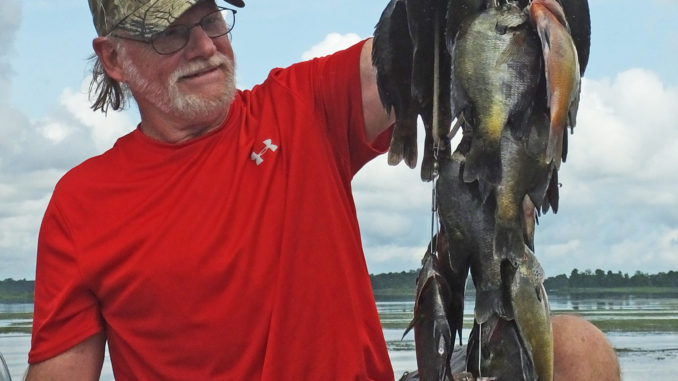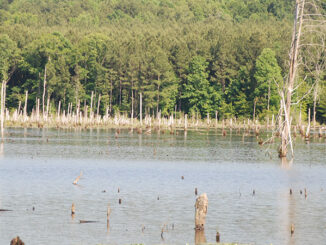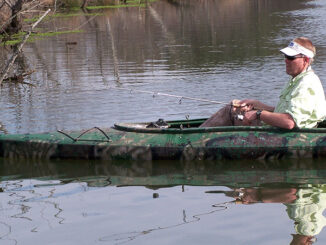
Get out of the shallows for hot, summer bream that average a pound or better
August may not rate high as prime time to catch bull bream, but it may be time to do some deep thinking and reconsider. Go to the Cooper River and think deep water to target the monster bream in this fertile river, and you’ll likely get your fishing string stretched, if not broken.
Wyn Mullins of North Charleston has fished the Cooper River since the 1960s and has learned the ways of these gigantic bream better than most. He said August can be as productive as spring if anglers fish deep water with the right techniques.
“The bream fishing is absolutely sensational throughout the summer and well into September,” Mullins said. “The trick is to fish deep water and to factor in water changes from the tidal flow.
“Time of day does not influence catching a lot of big bream in the Cooper River during August,” he said. “The important aspect is that the tides are the lifeblood of this fishing. Time of day will influence the heat factor, but not the deep-water bream fishing. I’ll fish the area just below the Pinopolis Dam and more than 15 miles down the river. The entire stretch provides awesome August bream fishing.”
Mullins said the big bream can be caught on any tide, but his favorite is either side of high.
“Just prior to the high tide and then the falling off the high have been most productive for me,” he said. “The action is faster, but in terms of catching big bream, odds are good you’ll limit on any tide, it just takes me longer on a low tide. Generally, the tides are about three hours later than tides in Charleston if you’re planning a trip. But I go when I can because the fishing is still excellent in the deep water.”
Mullins prefers light spinning tackle and opts for six-pound test line.
“I prefer light line, but the big bream make it unrealistic to use less than six-pound test,” he said. “The technique is to fish the edges of the river, especially along areas where a defined weedline exists on a shallow flat dropping into the deep. We’ll fish from 8 down to 18 feet deep but the big bream we hook often get into the weeds when they get close to the surface, and 6-pound test is necessary to consistently land them. I use No. 4 wire hooks and a No. 3 size split-shot about 8 inches above the hook. I prefer a balsa slip float about 5 inches long with a stopper rigged so I can change the depth quickly. I also rig one rod to fish tight-line with no float when fishing directly under the boat in deep water.
“I’ll target steep drops into the deep water such as an outside bend in the river, around the junctions of creek mouth and small cuts and points off the weed lines,” he said. “Steep shorelines with a lot of heavy cover under the water are also ideal. Crickets make the best live bait, but small spinners are good when I run out of crickets.”
Mullins said a lot of the bream will weigh in excess of a pound, and he frequently catches bream near 2 pounds during the summer and shellcrackers considerably larger.




